(3736 products available)








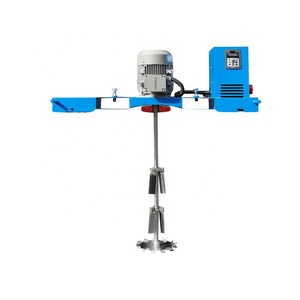

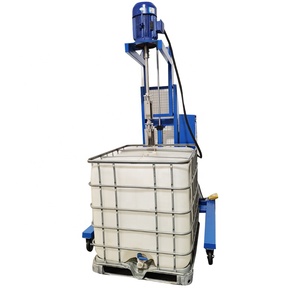












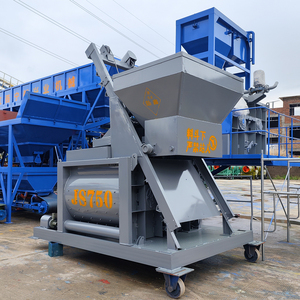


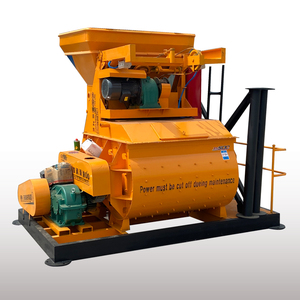

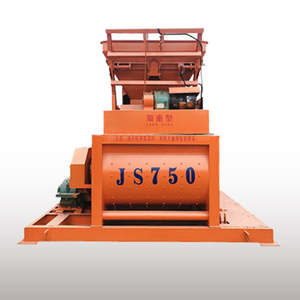















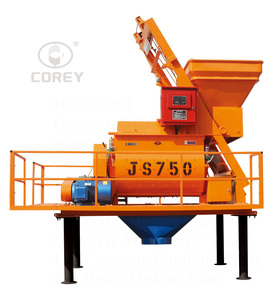

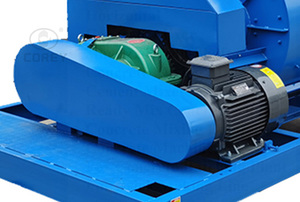







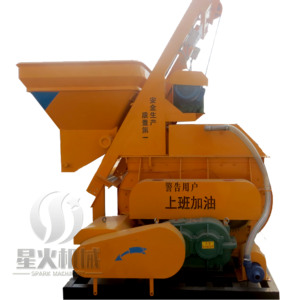






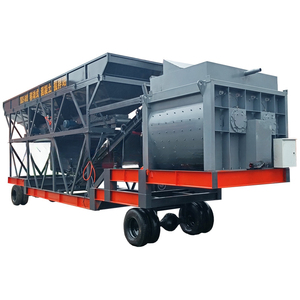

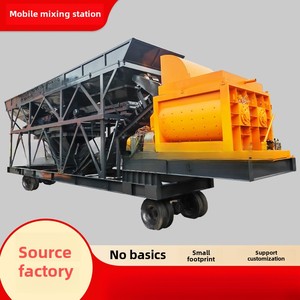
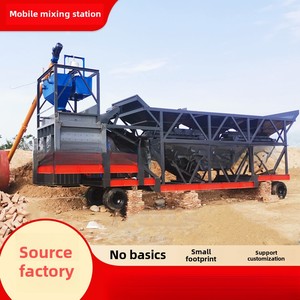


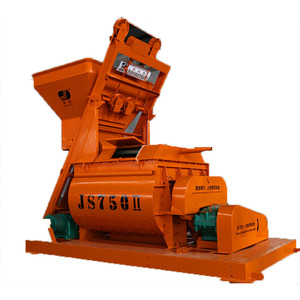

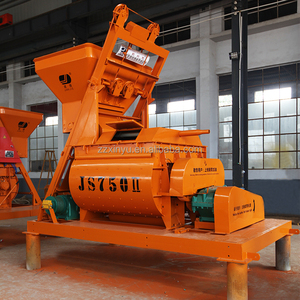












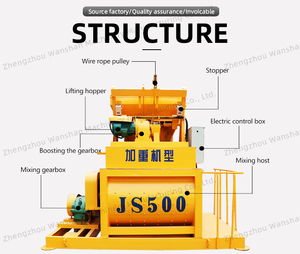
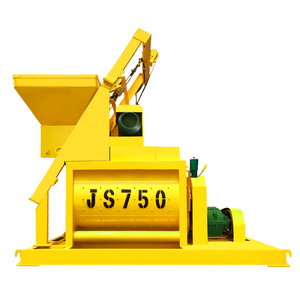
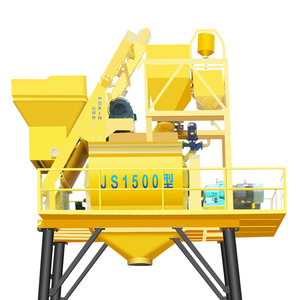








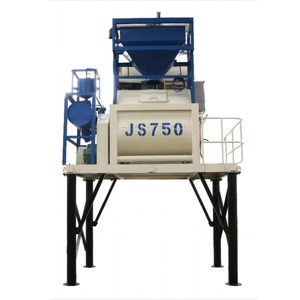


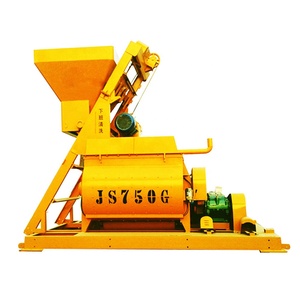
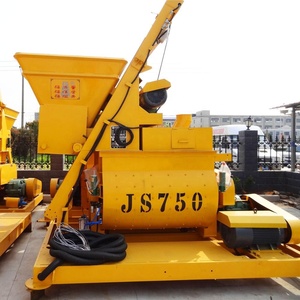



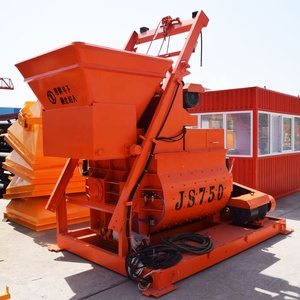






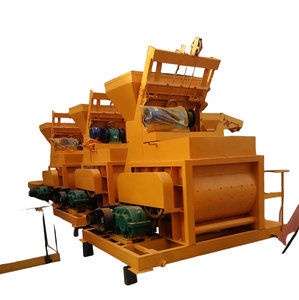

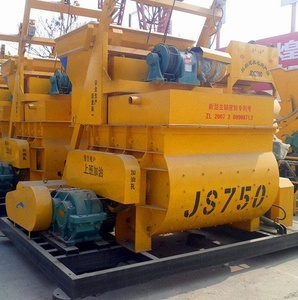


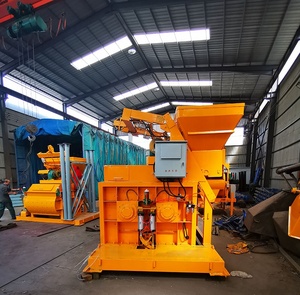
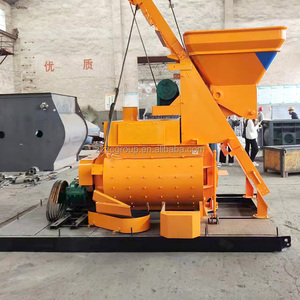
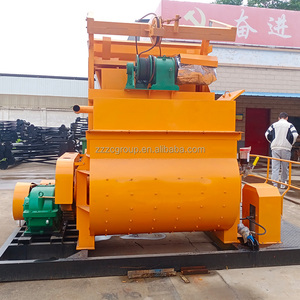
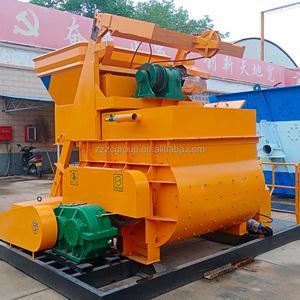


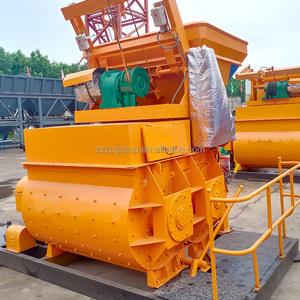
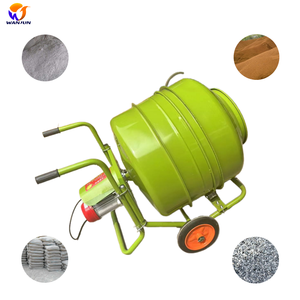

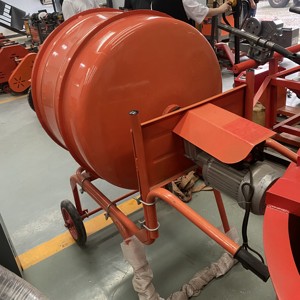











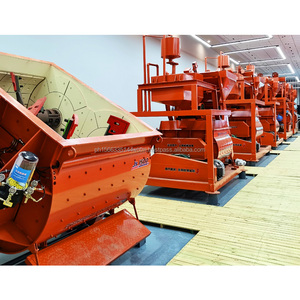
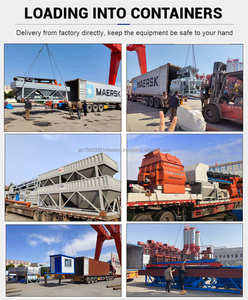

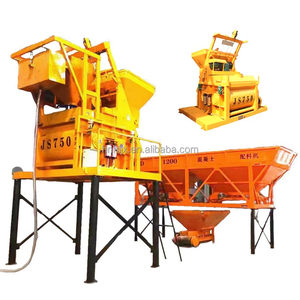


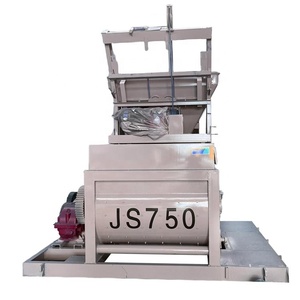




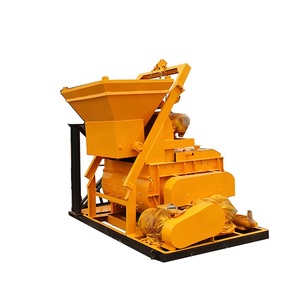




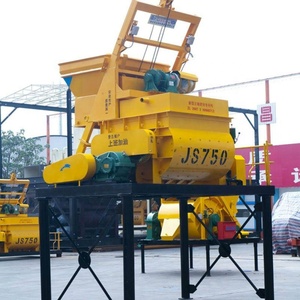

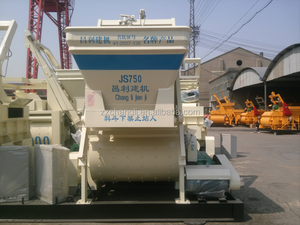
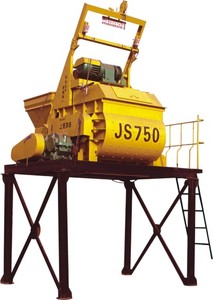
















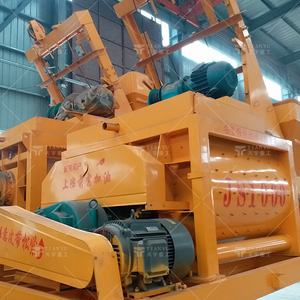



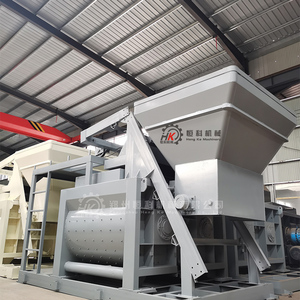



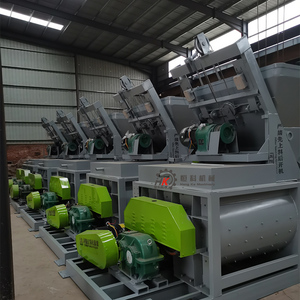






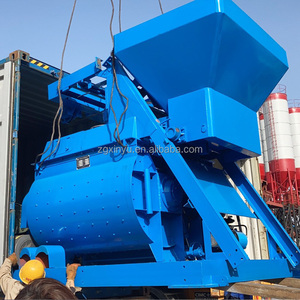
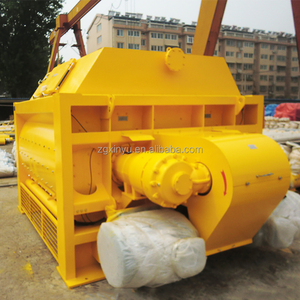

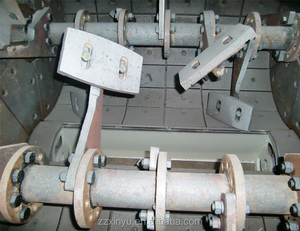

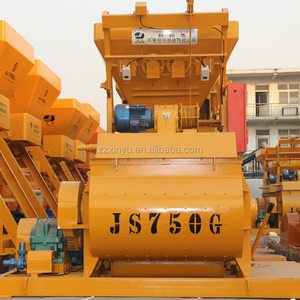



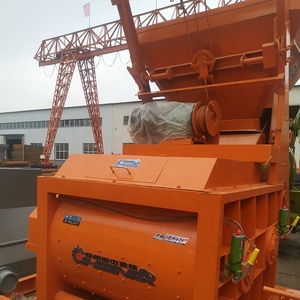










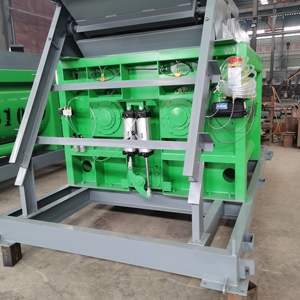



The JS750 concrete mixer machine is large in size and has a high capacity. The power source can be electric or diesel. The whole structure is big and used for mixing large amounts of concrete in one cycle. The lift type works well with a lifting hopper that raises the material from the mixer to high places. The feeder type is usually a belt feeder that moves the raw material to the mixer on a conveyor belt. The drum type has a special shaped drum that turns to mix the concrete parts.
The small versions of this machine are called the mixer pan JS750 and concrete mixer machine JS750. They have a stand setup with removable pans and are more portable. Other kinds of mixers include:
The vertical mixer js750 stands up and is big in size. It has a vertical axis rotating drum that is used for mixing the raw materials. The horizontal mixer has a flattened shape and uses a rotating screw to mix the ingredients together.
Proper maintenance is crucial for the smooth and reliable operation of a concrete mixer. Regular checks and timely repairs help maintain mixer performance and prevent unexpected breakdowns.
Establish a reasonable daily maintenance schedule based on the working environment and usage to keep the concrete mixer running consistently. Regularly check fasteners and replace ones that are loose or have run their course. Frequently used parts should be greased to reduce friction and prevent damage. This includes the drive mechanism, seals, bearings, and oil pump bearings. Refill gear grease and crankcase oil as needed, taking note of changing weather conditions. Make repairs promptly to avoid causing permanent damage to the mixer. Inspect parts for wear, especially those most exposed to concrete. Utilize parts that remain used less to extend their lifespan. Pay attention to the surrounding environment. If working with corrosive materials, cleaning the mixer thoroughly post-use is critical.
When operating, avoid overloading the mixer beyond its capabilities. Follow this while selecting concrete proportions to ensure balance. Minimize the volume of water used, as concrete grows weak when too watery. Allow the concrete mixer to idle for brief periods between mixing tasks. This way, the unexposed mixer parts can better retain their longevity. On top of that, perform a detailed inspection at the end of each day of use to create a quicker maintenance routine in the future. Make use of this time to conduct thorough inspections of key parts like the JS750 mixer motor, bearing, sealing ring, etc. to allow spot repairs of less easily accessible components. Taking these steps to develop a maintenance strategy based on your machine's specifications and daily requirements will enable it to provide a long service life along with high productivity levels throughout that time.
The concrete mixer's purpose is to mix concrete, which means that the target customers are mainly from the construction industry. The construction industry is the dominant market for concrete mixers. However, other industries and sectors can also use concrete mixers.
Generally, the construction mixer machine uses concrete for a wide variety applications. This includes: Creating foundations for buildings, laying roads, manufacturing sectors like prefabricated plants where concrete products are made, installation of utility lines, agricultural construction like installation of irrigation systems and creating dams, among many other applications.
Concrete mixer machines are popular in the following construction sectors:
When choosing a JS750 mixer, there are several key factors that customers need to consider to ensure that the mixer they are purchasing can meet their unique requirements.
Mixing Capacity
Customers need to select an appropriate mixing capacity according to the volume they plan to handle. The mixing volume corresponds to the maximum volume of mixed material that the mixer can handle.
Mixing Power
Customers need to choose an appropriate power output according to the types and demands of the mixed material. Power output affects the speed and strength of mixing.
Weight
Customers should determine whether to require a portable or fixed mixer according to the occasions and methods of use. Portable mixers are more suitable for use in different work sites, while fixed ones are more suitable for use at a specific site.
Whether it is electric or diesel
Customers should choose the applicable power source according to their working environment and needs. Electric mixers are suitable for use in environments with accessible electricity, while diesel ones are suitable for use in not easily accessible Electricity environments.
Durability
When choosing a mixer, customers need to understand the durability of the machine and choose one that can withstand long-term use and frequent use.
Cost-effectiveness
When purchasing the mixer, customers need to consider the overall cost-performance ratio, including the performance, quality, and price of the mixer, and choose a machine that is cost-performance for their needs.
Q1. What are some benefits of investing in high-quality concrete mix JS750 mixers for sale?
A1. Investing in durable concrete mixer machines can yield many benefits. For one, they are likely to have longer lifespans, reducing the need for frequent replacements. Most industrial concrete mixer machines are built for great efficiency. Businesses can also save costs because operational expenditure will also be low due to the mixers’ energy efficiency. High-quality concrete mixer machines give companies the peace of mind of consistent concrete quality. Businesses can also focus on other tasks since these mixer machines require minimal manual input and supervision.
Q2. What are some concrete mixer machine maintenance tips?
A2. Taking good care of a concrete mixer machine can ensure it works optimally for several years. First, always read the manufacturer manual for specific maintenance and care instructions. Develop a daily, weekly, and monthly maintenance routine. Some machine parts, like the blades, the drum, the discharge chutes, and the hopper, should be cleaned after every use to avoid concrete build-up. Allow the machine to run for a while before stopping to let water run through it and clean out any leftover concrete. Lubricate all moving parts, including bearings, to reduce friction and wear. Schedule regular inspections and repairs to ensure no small faults turn into larger, expensive ones.
Q3. What is the difference between a concrete mixer and a cement mixer?
A3. The two terms are often used interchangeably, but there is a difference. A cement mixer only mixes cement, while a concrete mixer combines several materials, like cement, water, sand, aggregate, and additives, to create concrete. Concrete has a more complex composition than cement. Therefore, concrete mixer machines have more complicated mechanisms to ensure proper mixing.
Q4. What is the role of feeding aggregates in a concrete mixer machine?
A4. The role of aggregate materials in a concrete mix is to provide strength and bulk. Aggregate materials make up about three-quarters of the concrete mixture, and they help reduce the density of the final product. Aggregate materials also help control the thermal expansion and contraction of concrete, which can change as the temperatures fluctuate. Finally, they also help to lower the cost of the mixture since cement is more expensive.
Q5. Why are drum mixer machines the most popular?
A5. Drum mixer machines are simple to operate and use. Operators only need to load the aggregates into the drum, turn on the machine, and let it run until the mixture is complete. Another reason they are widespread is that the rotating drum helps mix the concrete uniformly. Finally, drum mixers have slow rotational speeds, which extend the longevity of the machine’s moving parts.